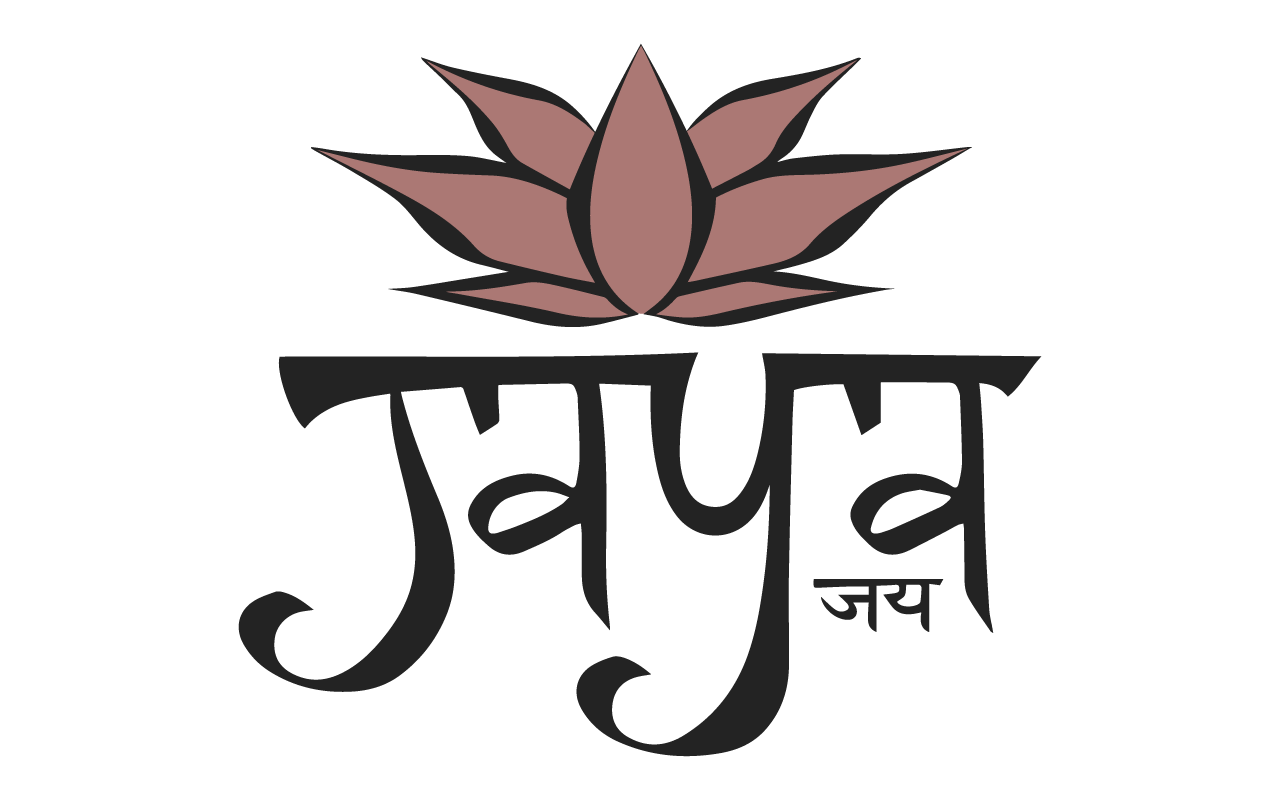Wizard of OM
Could it be that one of the most beloved, iconic films in American history is an allegory for the yogic journey? The Wizard of Oz was released by MGM in 1939. It was based on the popular book The Wonderful Wizard of Oz by L. Frank Baum, published in 1900 before most people had heard of yoga in the west.
Baum was a member of the Ramayana Theosophical Society of Chicago and agreed with the Theosophists beliefs in karma, reincarnation, varying states of consciousness and a common creator existing behind all religious teachings. While not exactly a “yoga” organization, the Theosophists were the earliest group in North America to openly adopt yogic ideology and practice, specifically the quest for enlightenment. Baum heard Swami Vivekananda speak at the 1893 Parliament of World Religion’s and was strongly influenced by him. So much so he attended many more of Vivekananda’s talks and became enthralled by the Swami’s best-selling book “Raja Yoga,” published in 1896. Four years later The Wonderful Wizard of Oz sold out its first edition before it even came off the press. Most people assumed Wizard of Oz to be a simple metaphor of its time. Drawing symbolism from the political, economic and social events of America in the 1890s. But what if it was something else entirely?
At its simplest The Wizard of Oz is a story of transformation. A story of humanity's struggle against forces of the world and the journey of the soul along the path to realization/enlightenment. Spiritual principles taught by Swami Vivekananda are woven into the fabric of story with the four paths of yoga being represented by the four main characters. The wizard representing Maya (illusion) which keep us imprisoned in our ignorance or not fully knowing state. Things/ideas/thoughts exist if we believe they exist. How often have you believed something to be true to eventually find out it wasn’t true at all? Our belief in something keeps the thing alive. Much like the Emerald City. It exists because the people believe it exists. As the story progresses with SO MUCH MORE SYMBOLISM, the characters learn what we as humans ultimately need to learn. We all must follow our path and adapt along the way to learn and acquire the tools necessary to realize each of us already possess the knowledge, power and capability to be fully ourselves. Home is within us.
Georg Feuerstein says it best, “There’s the travels on the Golden Road. The knowledge that your home is within you. There's the guru who uses trickery to get students to understand that there is really nothing to attain. The movie is the entire yogic program in the Hollywood treatment."
I mean, even the hot air balloon reads OMaha 😉

